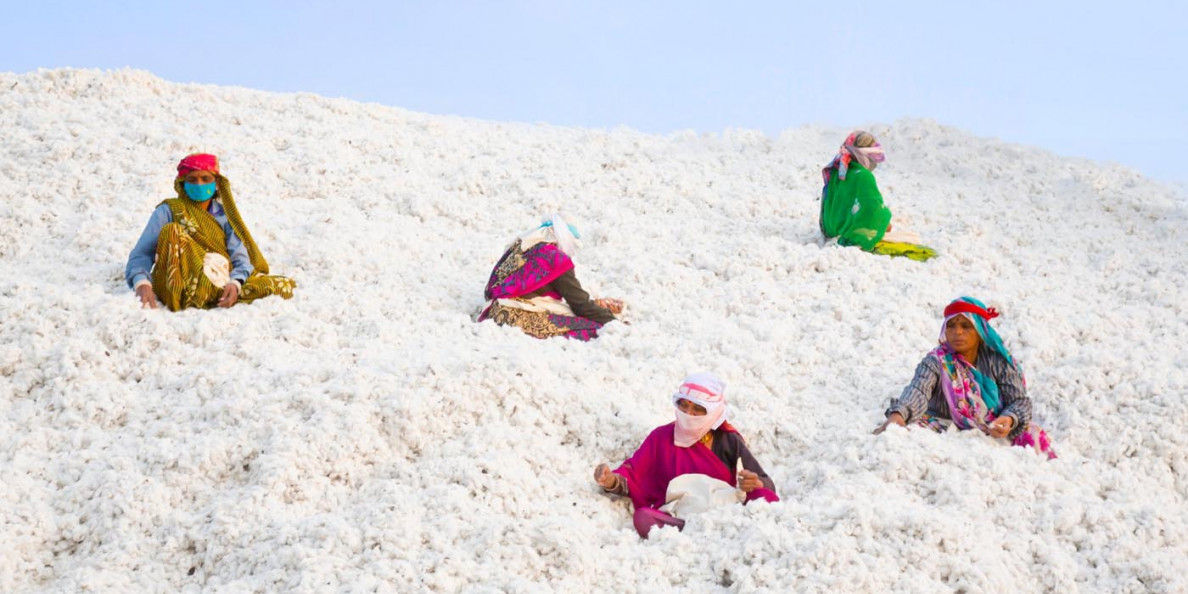LONDON – For several months, former World Bank economist and financial analyst, Veronica Bates Kassatly, has been researching identity cotton standards and fibre ‘scoring’ tools.
Apparel Insider‘s next issue will run a lengthy white paper spotlighting some of her extraordinary findings. These include:
- A major C&A Foundation-funded study found 25% of Indian organic cotton farmers surveyed had used Monocrotophos, an insecticide acutely toxic to birds and humans and banned in many countries
- The same research found that, on average, one tonne of BCI cotton consumed 7 per cent more blue water than one tonne of conventional cotton
- Lobby groups continue to claim organic cotton uses 90 per cent less water than conventional cotton based on a 2014 LCA by Textile Exchange. This is despite the fact that the same LCA states it cannot be used to make comparative assertions under ISO standards. It also states that the water differences found between organic and conventional cannot be attributed to their respective production systems
- The environmental impact of organic cotton, in terms of both emissions and blue water consumption, continues to be drastically understated due to the exclusion of manure’s upstream impact
Kassetly argues: “All the sustainability studies currently employed have directly or indirectly been funded for, and by, the brands who have a vested interest in the outcome.
“At the present time there is no data to substantiate claims that at a global level, one type of cotton is more sustainable than another. They are all equally unsustainable, and the only solution is for us all to buy less, buy better, and wear it more.
“Clothes are consumer durables, not paper napkins, so cradle to gate – as used in current sustainability measures – is seriously misleading.”
Kassetly correctly points out that the main fibre scoring systems at present – including the SAC’s Higg MSI – base their values for organic cotton on one industry-funded LCA, despite the fact that the study itself says it can’t be used to make comparative assertions, or to attribute differences to the respective production systems. The LCA concerned also has notable errors and omissions, according to Kassetly’s analysis, which are outlined in extensive detail in this report.
She adds: “As my paper shows, much of the data employed in reports proffered to substantiate claims has not been independently collected, so, as I will illustrate, it probably isn’t accurate.”
This report is the most detailed analysis to date of existing data on cotton growing. It argues that, as well as misleading consumers, the industry is not considering the needs of cotton farmers.
Adds Kassetly: “Most of the world’s cotton farmers are not plantation owners, they are small-holders farming less than two hectares. Many have little or no education and are desperately poor. Even small changes in revenue can leave these farmers unable to fund schooling/health care for their children, or incapable of servicing their debt.
“Before engaging market forces to push such farmers into organic production – by persuading consumers and brands that organic is the only sustainable cotton to buy – we need to be certain that this is unequivocally best for the farmers themselves. But where are the studies that prove this?
“There is a lot of anecdotal evidence of individuals doing better since they switched to organic, of children laughing and going to school. But these candidates are not randomly selected, ‘data’ is not independently collected, causality is not demonstrated, there is a high probability of confounding … generally, we are not even given a specific date or location, let alone any concrete values.
“Consequently, none of this is evidence.”
The full, 6,000 word paper will appear in the November-December issue of Apparel Insider.


